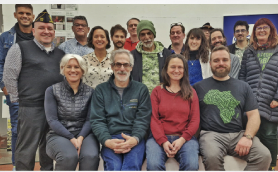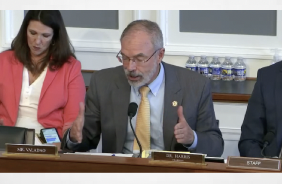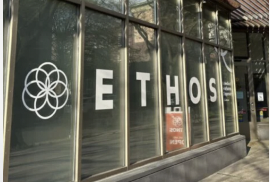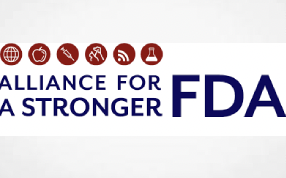Does marijuana have a currently accepted medical use in the U.S.? That is the question in front of the Ninth Circuit currently. On May 21, 2020, Suzanne Sisley and multiple U.S. veterans petitioned the Ninth Circuit Court of Appeals for review of the Drug Enforcement Administration (DEA)’s final determination, denying a rulemaking petition, filed by two California residents in January 2020, to reschedule marijuana, currently a Schedule I drug. Rather than conduct a “fresh” analysis of the January petition, the DEA substantiated its denial by recycling a 2016 order denying petitions brought by the Governors of Rhode Island and Washington, and reasserting its 1992 interpretation of the Controlled Substances Act (CSA) for determining whether a drug has a “currently accepted medical use in treatment in the United States.” 21 U.S.C. § 812(b)(1)(B).
Sisley seeks judicial review of several issues, primarily challenging: DEA’s final determination that marijuana must be placed in either Schedule I or II because of DEA’s determination that marijuana has no currently accepted medical use and that there is a lack of accepted safety even under medical supervision.
Sisley argues, among other things, that CSA § 812(b)(1)(B) “contemplates an agency attentive to the shifting winds of medical opinion and ready to adjust the schedules annually to ensure federal law never falls out of step with the medical profession…Rather than effectuate these purposes, DEA’s rigid approach renders it blind to current evidence of medical practice. Denial on conclusions drawn years earlier…no longer measures ‘currently accepted medical use’”.
Sisley also asserts that “[m]arijuana has an accepted medical use in treatment in the United States because the States — a primary source of authority for determining acceptable medical uses for drugs — have accepted it. Sisley argues that the DEA cannot deny that marijuana has a “currently accepted medical use” when more than two-thirds of the States have enacted legislation greenlighting marijuana’s use as medicine.
In sum, Sisley requests that the Ninth Circuit grant the petition for review, vacate the 2020 final determination, and remand to DEA with instructions “to reconsider the 2020 Petition consistent with § 812(b)(1)(B)’s plain mandate, which prohibits DEA from denying that marijuana has a currently accepted medical use in the face of widespread State acceptance.”
On November 30, 2020, DEA responded to Sisley’s petition. In its brief, DEA makes three primary arguments: lack of standing, failure to exhaust administrative remedies, and failure to identify any evidence that marijuana has a currently accepted medical use. DEA asserts that Sisley lacks standing. Sisley does not have a sufficiently close relationship with the California parties that previously challenged DEA’s determination; thus, Sisley must file a new petition for rulemaking prior to administrative remedies being legally exhausted.
DEA further argues that the petition for review should be rejected on its merits. DEA asserts that its January 2020 decision to deny the petition to reschedule was appropriately based on the agency’s determination that the petition failed to identify any evidence that marijuana has a currently accepted medical use in treatment in the U.S. DEA also argues that, while states can pass laws decriminalizing marijuana, “those laws, standing by themselves, do not demonstrate that marijuana has an accepted medical use such that it can be rescheduled from Schedule I.”
Big picture, if the DEA’s argument is not found persuasive, Sisley’s petition for review could be the first step to moving marijuana from Schedule I to Schedule III, thereby opening the doors to comprehensive research and clinical trials. Updates to this post will follow as events warrant.
Source: https://www.jdsupra.com/legalnews/two-thirds-of-states-recognize-medical-79386/

















